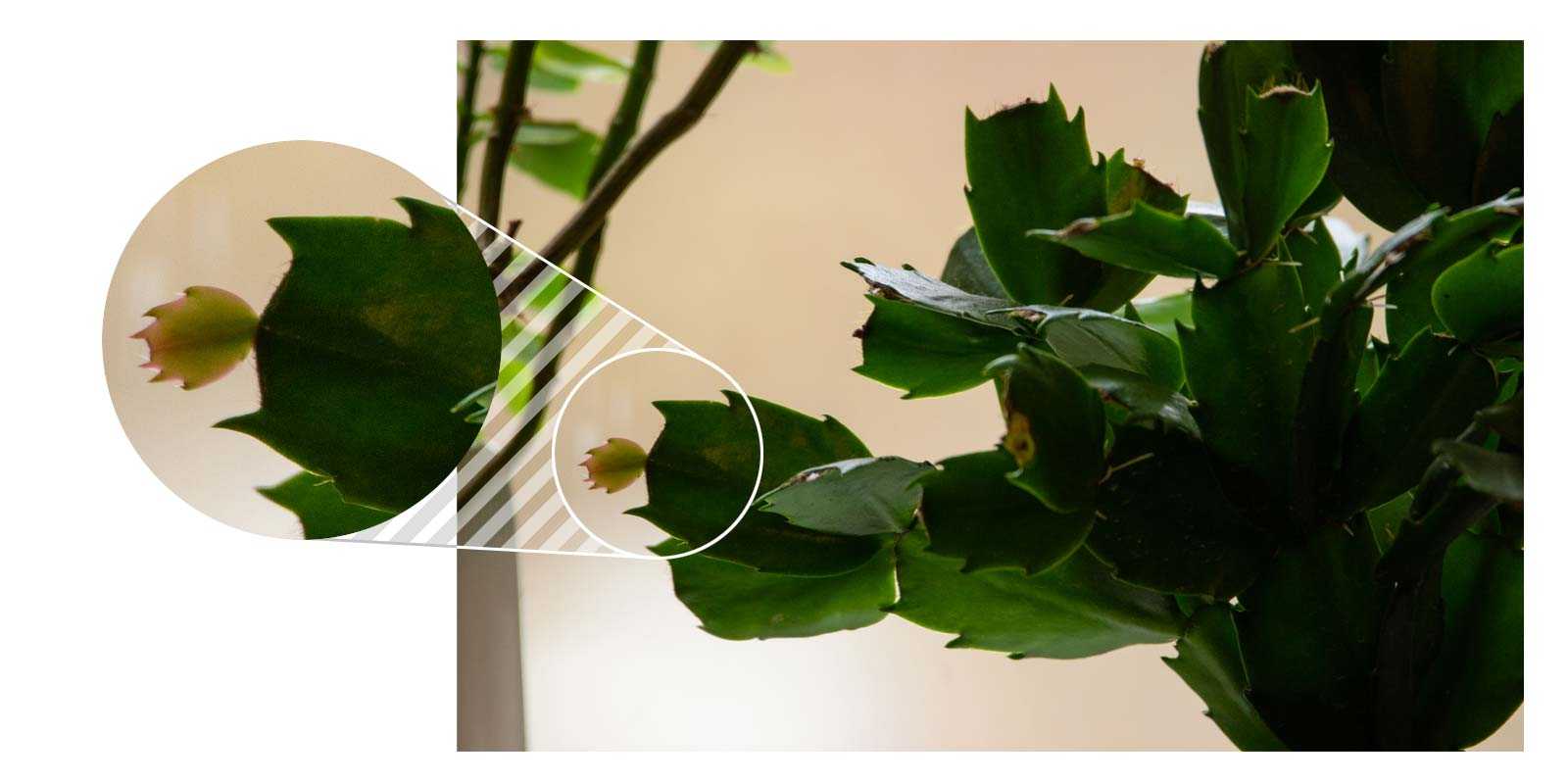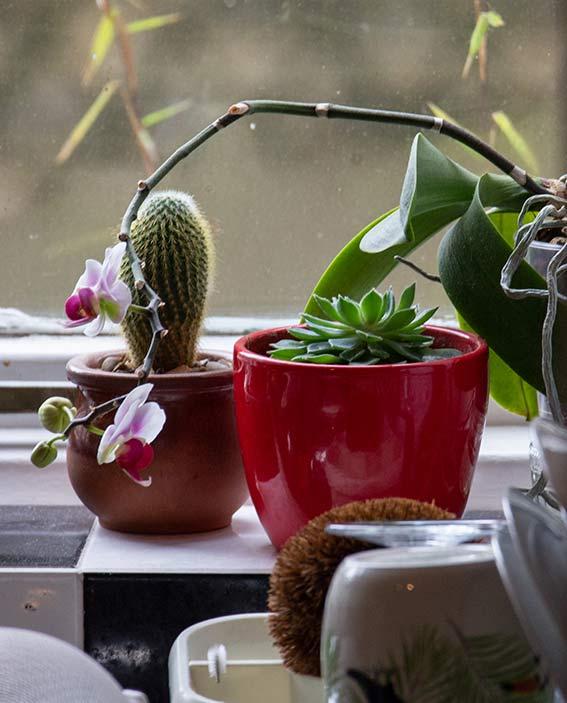Testing the Sigma 150-600 Contemporary
For my 30th birthday, various family members chipped in to give me a voucher for a new camera lens. It was incredibly awesome and generous of them and today, over a month later, that lens arrived! I've had my eye on the Sigma 150-600 Contemporary (or just "C" depending on who you ask) for about four years. On paper, it's a pretty much perfect lens for me:
- Canon EF mount, so works on my EF-S DSLR but also futureproofed in case I ever upgrade;
- Nearly perfect telephoto range[1];
- Just about light enough to be shot handheld and lugged around;
- Excellent inbuilt image stabilisation and autofocus;
- Tack sharp across the frame.
I've read and watched pretty much every major review or comparison of the lens made since it came out and heavily compared it to the Tamron equivalent, as well as it's Sports-edition bigger brother. From what I can tell, the Tamron and Sigma C are pretty much identical, though the Sigma tends to be around £200 cheaper; the Sigma S is definitely a step-up in terms of build quality (plus weather sealing would be very nice to have), but it's also heavier and (crucially) longer. From what I'd read on specs, I was pretty sure the S wouldn't fit crosswise in my camera bag. Now that I've seen how millimetre perfect the Sigma C fits, I can confirm that it wouldn't have a chance 😂
Of course, arriving in the middle of lockdown on the first day of miserable weather in about two weeks isn't exactly ideal timing to get a telephoto lens. Our flat is barely big enough to make use of the full 600mm! As such, it'll be a while before I can legitimately put the Sigma through its paces, but until then I figured I would do some quick (very unscientific) tests. So far? I'm impressed. Seriously impressed. It's lived up to all of my expectations and even blown some out of the water 👍
[Note: all the test images below have been heavily compressed to reduce the page size of this article.]
Sharpness
I don't have any fancy test pages or anything to be sure about sharpness (though if I bother printing any out I'll update this post), but I do have a grimy window with plenty of hard edges and lines all over it. The following image was shot handheld at 150mm with a speed of 1/1000 and at f/5.0 (wide open for this lens). The ISO is a hefty 1600, so there will be some grain, but that shouldn't impact the sharpness.

The centre of the image is perfect. The window edges are all clean, pieces of dirt are clearly defined, and even water droplets have distinct boundaries. As far as I can tell, that consistency continues right up to the top of the frame and along the bottom. At the left and right edges of the photo, however, there is some noticeable loss of definition. Edges are slightly blurry, smaller details are lost. It's a very minor negative though and ultimately is unlikely to ever truly hinder a photograph. At 600mm the edge blur is still there, but it doesn't creep into the image as much and overall looks a little sharper as a result.
Colour Fringing
I had been a little worried about chromatic aberration on the Sigma, but test shots of dark subjects against bright backgrounds and daylight produced nothing that I can detect. There may be some very mild white haloing on some images, but for the most part this is impossible to see until you're zoomed in to 200% or more.

Stabilisation
Initially, I actually thought my OIS was broken. I was testing a UV filter to make sure it didn't cause any colour cast or autofocus issues, so had the lens on a tripod at 600mm. Every shot I took with stabilisation enabled appeared shaky and blurred; it was troubling, to say the least. Then I read the manual. Turns out, OIS on a tripod is actively discouraged because it effectively overcorrects. That would explain the shakiness then 🤦♂️ I've never owned a lens with inbuilt image stabilisation before, so this was news to me and I'll be sure to just turn it off in the future.
Handheld, on the other hand, is sublime. You have to partially press the capture button to get the OIS to kick in, then give it a fraction of a second to calibrate. Weirdly (to me at least) you can literally see that happening in real-time through the viewfinder; you're image suddenly snaps into focus and movement is much less obvious. Once that's locked in place, it's genuinely remarkable. On my 75-300 I would struggle to shoot handheld at full zoom for anything under 1/400th of a second. I wanted to try it out, so I set my magnification to around 350mm and fired this into our kitchen, focusing on the orchid flowers:

Not only is it perfectly sharp, it's picked out the flowers very accurately, giving a slight blur even to the cactus directly behind. Oh yeah, and that wasn't even at 1/400... that was at 1/60! Obviously, the next step was to see what would happen at 600mm:

Again, that's fully handheld, balanced on my elbow of all things (so not even an ideal pose, as I was almost shooting around a corner). It was taken at 1/100 and it's not as sharp; in fact I'd probably say it was blurry, but it's also good enough. Zoomed out, with a touch of clarity and post-process sharpening added in Lightroom, I would be happy to print an image like that[2].
In slightly better light whilst leaning against a wall for some additional stabilisation, I was able to push the lens even further. The following two shots were both taken at 600mm with ISO 400. The first is 1/100th of a second, the second is 1/50th. The two photos of the stalking cheetah were taken with the same 1/100 and 1/50 setup. Again, I'd be happy to use any of these, and to be able to get sharp images at 600mm without a tripod at 1/50th of a second is frankly nuts. I couldn't be happier!


Autofocus
I don't have any photos that can accurately show autofocus speed, but suffice to say it's quick. I can focus from foreground to background practically by thinking about it. As you can see from the kitchen photo above, it's also incredibly accurate, even when accounting for hand-shake at 600mm. The lens can focus down to 2.8m, which is plenty close enough for a telephoto, and the macro depth of field it produces is very nice. Bokeh doesn't seem to be amazing, but I'm not looking for that in a wildlife lens; so long as it can accurately focus attention on the subject, I'm more than happy 😁
UV Filter
Seeing as I mentioned testing a UV filter in the stabilisation section above, I thought I'd quickly mention what I'm using here too. Given the phenomenal price of 95mm filters, I took a bit of a punt on a brand I've never heard of that has decent enough reviews and seems well-stocked in photography shops: Kood. Compared to better-known filter makers like Hoya or Gobi, I picked up a 95mm UV Kood Slim from an independent retailer in Ulverston (of all places) for only £15. The glass looks clear and, as far as I can tell, there's no obvious colour cast or change to how the OIS or AF systems work, so I'd give it 👍👍
For comparison, these images were taken on a tripod (with OIS disabled). The left image on each set was without any filter; the right has the Kood filter attached. The first set is at 150mm, the second is 600mm. There are some focusing differences in the 600mm images, but that's down to my tripod being a bit lightweight for the Sigma so the image moved slightly whilst adding the filter. You could claim that the images with the filter have a slightly warmer tone, which might make sense for a UV filter to reduce the blues a little, but I think it's just as likely that the light c
hanged subtly between shots. Certainly, if it is a minor colour change, it's very easy to correct in post (and probably desirable 90% of the time to begin with).


In short, I'm head over heels for the Sigma 150-600mm C. It's performing as well as or better than expected. As soon as the London Wetlands reopen I'll be straight out to test it out in the wild (so to speak) but until then I'll just have some fun testing it out on the few rare visitors to our roof garden 😊
